Still have questions? Leave a comment

Checklist: Dissertation Proposal
Enter your email id to get the downloadable right in your inbox!
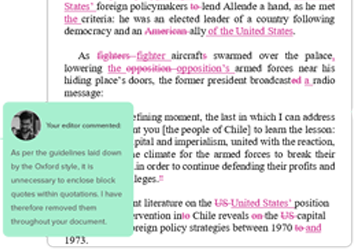
Examples: Edited Papers
Enter your email id to get the downloadable right in your inbox!
Need
Editing and
Proofreading Services?
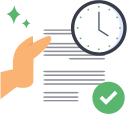
The Top 10 Literary Devices: Definitions & Examples
 Apr 14, 2025
Apr 14, 2025 5
min read
5
min read
- Tags: Fiction, Fiction Writing, Novel, Novel Writing, Short Story
If you want to understand literary devices better, this article is for you! This list of literary devices can help you take your creativity to the next level. You can use these 10 literary devices to describe emotions and highlight themes while writing. Understanding the most common literary devices can significantly enhance one’s writing skills.
This article will cover various common literary devices. We have also provided practical examples of all literary devices to help you understand their usage. So, let’s get started!
Elevate your writing with expert editing and proofreading! Get started
What are literary devices?
Literary devices are techniques and strategies authors use to enrich their writing and take it beyond the literal meaning of words. They serve various purposes and can operate at the sentence level or even permeate an entire literary work. Understanding literary devices is crucial to appreciating the depth and complexity of a text. Literary devices refer to the creative tools writers use to elevate their works above ordinary writing. When used effectively, literary devices add depth, beauty, and emotional resonance to literary works. Writers typically employ several devices simultaneously. Some literary devices are more common in certain forms of writing, such as assonance or alliteration in poetry.
Here are the top ten literary devices:
- Allegory
- Anticlimax
- Allusion
- Dramatic Irony
- Anthropomorphism
- Paradox
- Chiasmus
- Juxtaposition
- Motif
- Analogy
Let’s understand each of these literary techniques in further detail.
#1 Allegory
An allegory is one of the commonly used literary techniques where words, symbols, and pictures represent a deeper, hidden meaning. This meaning can be moral or political and can refer to occurrences. From children’s stories to mythology, allegories are everywhere! Allegories often represent significant historical events to convey deeper meanings.
Using allegories helps you explain complex ideas in simple terms. Various other literary devices such as metaphor (comparing different concepts) and Personification (giving non-living entities human qualities) are used to create allegories. Allegories often have an underlying meaning that reflects broader societal or moral themes.
Example: The Lord of the Flies by William Golding
Every character in the novel represents a bigger idea. Ralph represents democratic ideals, Jack symbolizes autocracy and barbarianism, while Piggy portrays scientific thinking and rationalism. The novel is a moral and political allegory portraying a struggle between good and evil, democracy, and a dictatorial mindset.
#2 Anticlimax
Anticlimax refers to a sudden shift from a significant or intense moment to a less important or trivial one. This shift can create a sense of disappointment, contrast, or even humor after a tense moment. Authors also sometimes resolve the conflict easily in the novel, resulting in an anticlimax for the readers. This literary device subverts the audience’s expectations by including unexpected developments or consequences in the plot. Anticlimax can evoke emotion by subverting expectations and create tension by leading readers to anticipate a different outcome.
Example: The Catcher in the Rye by J.D. Salinger
Readers expect a definite resolution at the end of the novel. However, the ending is left ambiguous by the author. While Holden expresses happiness on seeing his sister Phoebe, he later says that he misses everyone. Towards the novel’s end, Holden confesses how he still doesn’t understand what he is feeling and why. Through Holden’s words, Salinger subverts the readers’ expectations of a definite resolution about Holden.
#3 Allusion
An allusion is a reference to a person, literary piece, artwork, or event outside a given story. This reference is usually indirect and subtle. Writers use this device to situate a work in a literary tradition or build connections outside the text into another text that came before.
There are various types of allusions, such as literary allusions, mythological allusions, historical allusions, religious allusions, and pop culture allusions. Authors use allusions to provide context to the reader and add more depth to the story.
Example: The Love Song of Alfred J. Prufrock by T.S Eliot
In this popular poem, there is a line: “No! I am not Prince Hamlet, nor was meant to be.” Here, Hamlet is a reference to Shakespeare’s play Hamlet. Other biblical, historical, cultural, literary, and mythological allusions are also used in this poem.
#4 Dramatic Irony
Dramatic irony is a device in which the audience has information that the characters don’t. This makes the audience understand the characters’ point of view and the motivations behind their actions. The use of dramatic irony can provide comic relief, create empathy, or make the readers anxious while reading a literary piece.
Example: Pride and Prejudice by Jane Austen
In this novel, dramatic irony can be seen at two levels. While the audience realizes that Darcy is attracted to Elizabeth, Elizabeth doesn’t realize this until much later in the novel. Also, Elizabeth and Darcy (along with the audience) are aware of how Wickham wronged Darcy’s sister Georgiana, but Elizabeth’s sister Lydia is unaware of this fact.
Now it’s time to learn the literary technique that made our childhoods magical and memorable. If you’ve read fairy tales and watched cartoons, you know it already!
#5 Anthropomorphism
Anthropomorphism is a literary device where plants, animals, and inanimate objects are given human characteristics. Out of all literary techniques, anthropomorphism is the most commonly used. Authors use anthropomorphism to make the story more exciting and to create interesting, memorable characters.
Anthropomorphism is more frequently used in children’s literature, where animals, birds, the sun, and the moon are given human qualities. It helps children learn about morals and good behavior through engaging stories.
Example: Animal Farm by George Orwell
In this novel, all animals are given human characteristics, for example, the pigs Snowball, Squealer, and Napoleon.
#6 Paradox
A paradox is a self-contradictory statement. Paradox is the most complex device out of all literary devices. Writers use this literary device to engage the readers and make them reflect more deeply on the characters’ choices and lives. It also helps the readers gain a different, unique perspective on the characters’ lives.
There are three types of paradoxes:
- Falsidical paradox: A falsidical paradox is a contradictory statement/ question that seems correct initially but is false. For example, Zeno’s paradox that a fast runner can’t reach close to a tortoise despite being initially ahead in the race is a falsidical paradox.
- Veridical paradox: A veridical paradox is a contradictory statement/question that is true. For example, the fact mentioned in the comic opera The Pirates of Penzance that a 21-year-old will only have five birthdays if his birthday is on a leap day is an example of veridical paradox.
- Antimony: Antimony is a contradictory statement/question where there are two sides of an argument/ perspective. Both sides/perspectives are completely true and justified. For example, “This statement is false” is an example of antimony. If this statement is indeed false, then what it’s saying is true, but it can’t be both true and false at the same time!
These examples of literary devices clearly show how different types of paradoxes can be used to intrigue the readers. Now let us move on to the next literary device that writers use to create memorable phrases and strongly emphasize a specific theme.
#7 Chiasmus
Chiasmus is a literary device where there is a repetition of the same idea using a slightly different grammatical structure to create emphasis. Parallel phrases that have a similar meaning or grammatical structure can also be used to create a chiasmus. Chiasmus is used to create a strong effect on readers and also create a sense of rhythm.
Example: Song of Myself, 15 by Walt Whitman
The line “And these tend inward to me, and I tend outward to them”, is an example of chiasmus. Here, the words “inward” and “outward” situated in a parallel grammatical structure create a good contrast.
#8 Juxtaposition
Juxtaposition is a figure of speech where two different ideas or concepts are placed together to create an effect. By placing contrasting ideas side by side, writers highlight their differences and create tension, encouraging readers to reflect on the complexities of the narrative. Writers use this literary device to show the resemblance or dissimilarity between two different concepts. Many times, juxtaposition is also used in dialogues to engage readers effectively.
Foil characters, antithesis, and oxymoron are used to place different concepts together. Let us understand these literary devices with examples.
- Foil characters: A foil character refers to a character whose traits are completely different from another character. The characters of Sydney Carton and Charles Darnay in A Tale of Two Cities are good examples of foil as both have similarities in terms of physical appearance, but their traits are completely different.
- Antithesis: Antithesis is where two different concepts are mentioned in the same sentence. In Shakespeare’s play Romeo and Juliet, the line, “My only love sprung from my only hate” is an example of antithesis as love and hate are opposite ideas.
- Oxymoron: Oxymoron is a literary device where two different ideas can be written together as one phrase. “Bittersweet” and “impossible solutions” are some examples of oxymorons.
#9 Motif
A motif is an idea, symbol, concept, or object that is repeatedly used in the novel. Authors use motifs to help readers understand the character’s perspective or highlight the novel’s themes. They can also be used to depict and set the moods in the novel. Motifs are commonly used in fictional novels to help readers understand the larger perspective and to highlight important themes, reinforcing the narrative’s central ideas.
Example: The Scarlet Letter by Nathaniel Hawthorne
In this novel, the scarlet letter “A” that is imprinted on Hester is considered a symbol of adultery and sin. However, as time passes, the letter “A” is seen as meaning “able”, referring to the ability to do something and make a difference. The letter “A” keeps recurring throughout the novel and encourages Dimmesdale to confess the truth.
Now, let’s understand the last element in this list of literary devices.
#10 Analogy
An analogy is a comparison between two concepts that have similarities. Authors use analogies to help their readers understand complex topics in simple terms. Analogies often follow a common analogy structure, such as ‘A is as B’ or ‘A is to B as C is to D’, to draw comparisons between different concepts.
An analogy also includes extra information and provides context and clarity to the reader. Analogies help a reader to imagine the characters and setting vividly and make the work more relatable and significant.
Example: Forrest Gump (1994)
The line “Life was like a box of chocolates. You never know what you’re gonna get” is an example of an analogy. Here, a similarity is drawn between life and chocolates to explain the unpredictability of life.
Literary devices in poetry
Poetry is a genre that heavily relies on literary devices to convey meaning and create a specific atmosphere. Literary devices in poetry can include metaphor, simile, personification, and symbolism. For example, in a poem, a poet may use a metaphor to compare two unlike things, creating a vivid and powerful image in the reader’s mind. Literary devices in poetry can also be used to create a musical quality, with devices such as alliteration and assonance adding to the overall rhythm and sound of the poem. Understanding literary devices in poetry can help readers to uncover deeper meanings and appreciate the artistry of the poet.
Literary devices in prose
Literary devices are also used in prose writing, including novels, short stories, and essays. In prose, literary devices can be used to create a specific tone or mood, convey complex ideas or themes, and add depth and complexity to the narrative. For example, an author may use foreshadowing to hint at future events, creating suspense and tension in the reader. Literary devices in prose can also be used to create vivid imagery, with devices such as descriptive language and figurative language helping to bring the story to life. Understanding literary devices in prose can help readers to appreciate the author’s craft and to gain a deeper understanding of the narrative.
We hope these literary devices with examples will help you use them appropriately. As experts who provide novel editing services, we understand how writing creatively without errors is important for you. Here are some resources to help you avoid common grammar and word choice errors:

Tanvi

With a foundation in Life Sciences, Tanvi enjoys curating technical writing tips tailored for ESL students. When she's not translating complex concepts into bite-sized nuggets, she can be found playing with dogs or painting landscapes.
One comment on “The Top 10 Literary Devices: Definitions & Examples”
Comments are closed.


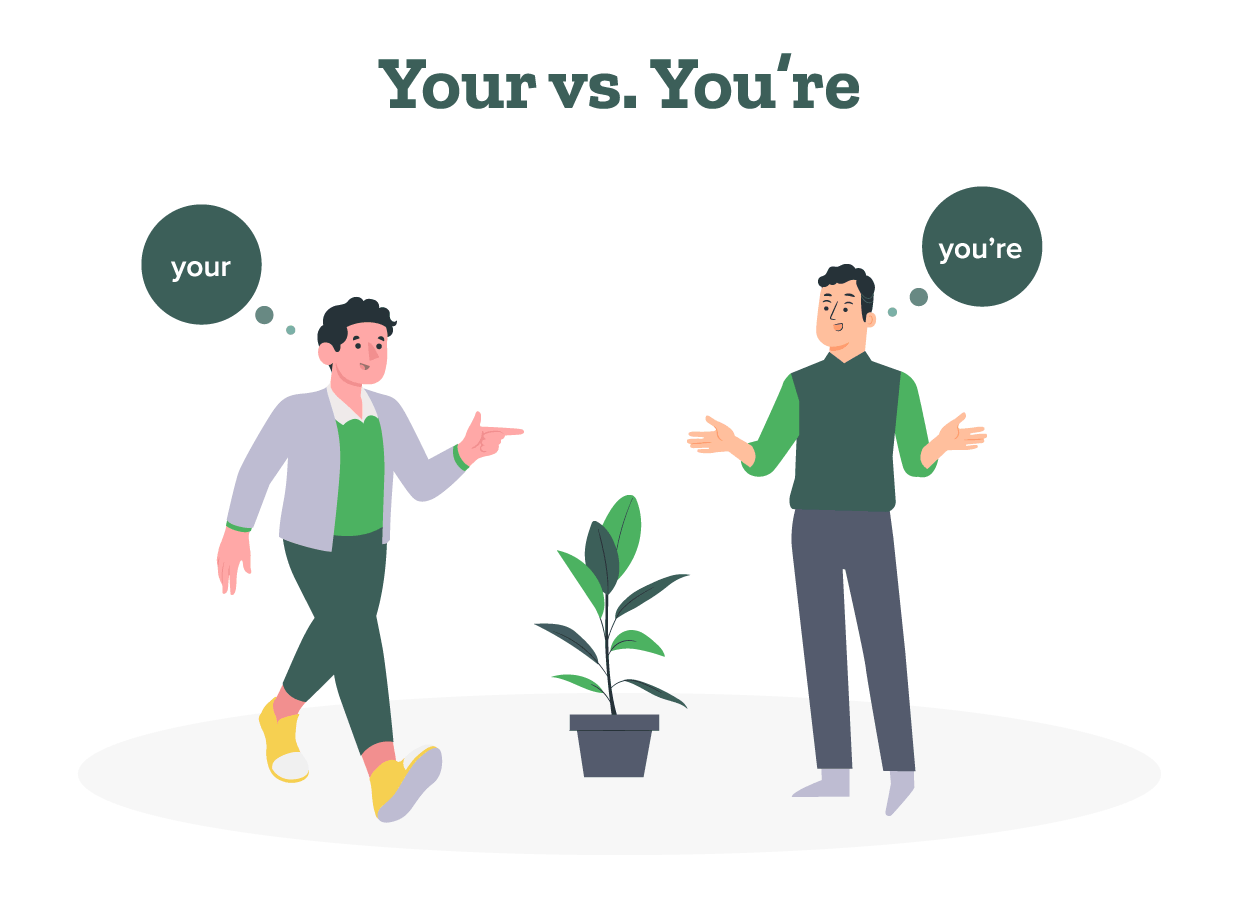
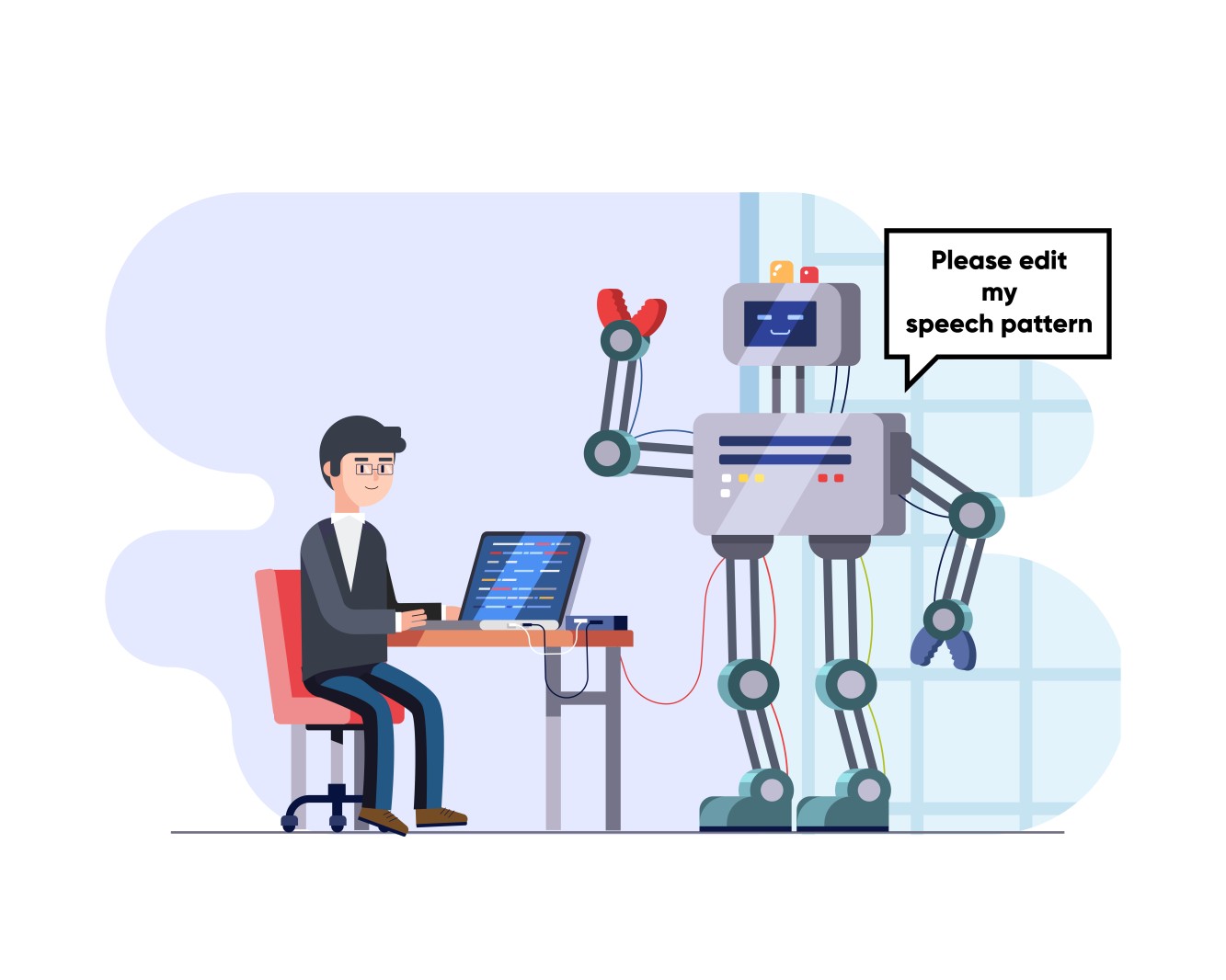
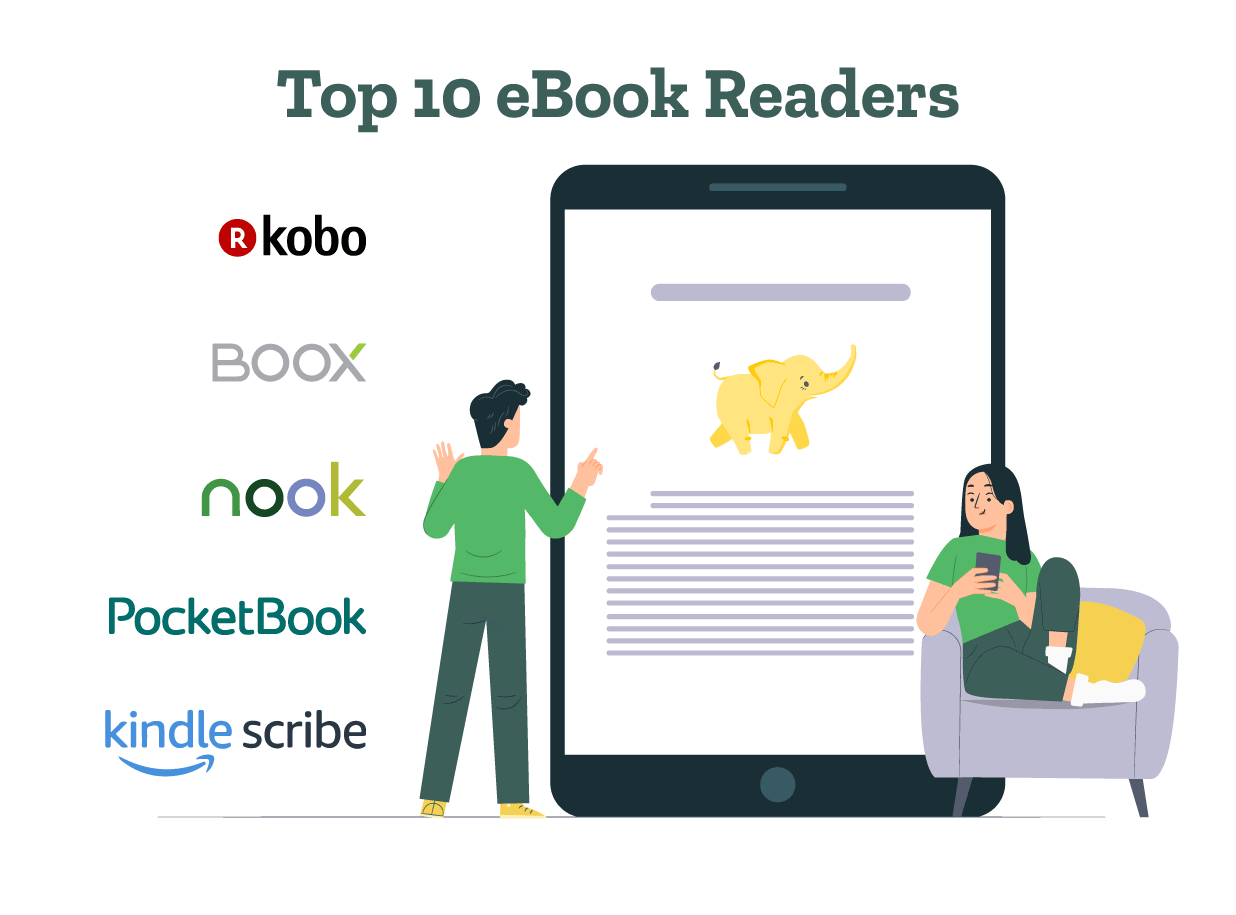
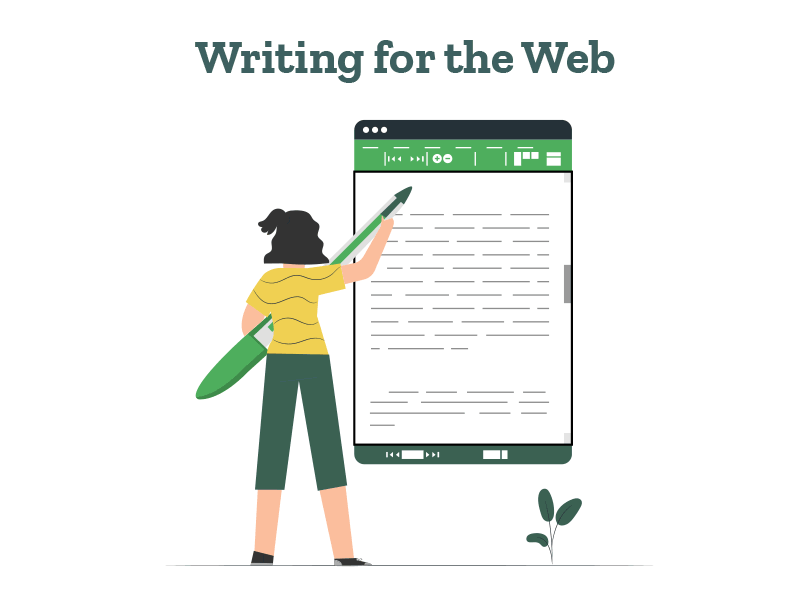
It is good 👍